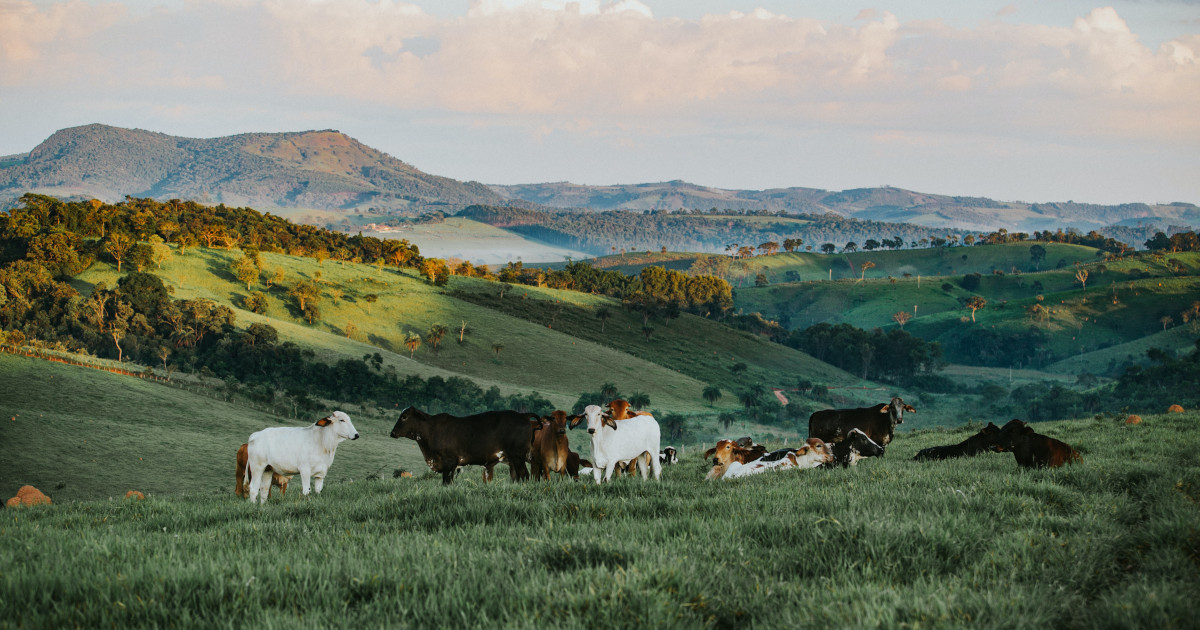
Cattle in The Earliest European Cities Weren’t Bred as Food
January 7, 2024 | Source: Science Alert | by Carly Cassella
The earliest cities in Europe were built on the foundations of a mostly vegetarian diet, according to new research. The findings suggest that even with the dawn of agriculture and large, planned settlements, meat was but a delicacy.
The gigantic circular cities of the Trypillia culture emerged around 6,000 years ago in what is now Ukraine and Moldova.
The largest of these mega sites covered an area equivalent to several hundred football fields of land and once housed up to 15,000 people. They were larger than any other settlements in the world at the time, rivaling even the cities of ancient Mesopotamia that would soon follow in the Fertile Crescent.
Feeding each and every mouth in Trypillia society required “extremely sophisticated food and pasture management,” says paleoecologist Frank Schlütz, who led the study at the Christian-Albrechts-University in Germany.
But even though cattle were a crucial part of the system, beef wasn’t.
Between 4200 and 3650 BCE, animals domesticated by Trypillia societies were prized largely for their poop, not their flesh, according to Schlütz and his team.
An analysis of nitrogen isotopes in teeth, bones, and soil from the remains of Tryphillia societies suggests that early farmers in Europe were mostly consuming peas, lentils, and cereal grains, like barley.
